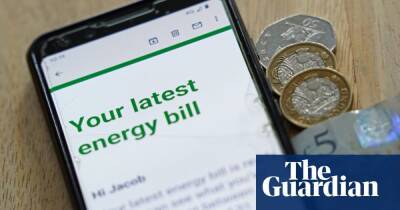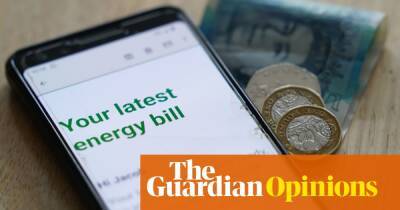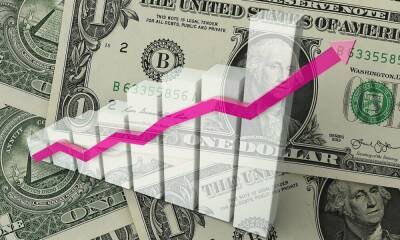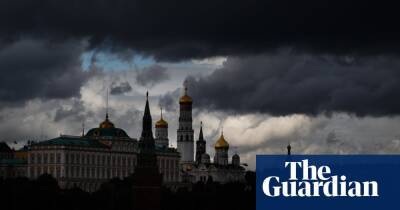Third of UK households were living beyond means before Covid
A third of households in Britain were spending more than their income before the coronavirus pandemic, according to official figures that highlight the precarious financial situation millions of people were in before the cost of living crisis hit.
Just under half of these households had a financial buffer that would last for less than a year, according to the Office for National Statistics (ONS) report based on data for the two years before the pandemic.
With households facing a record increase in energy bills when the price cap rises next month, the report said increasing costs “tend to have a disproportionate impact on lower-income households and their spending”.
While some households may be able to maintain higher levels of spending by drawing on financial buffers they have accumulated, the ONS warned that “others have less to fall back on and may need to make cutbacks, or borrow, to make up the shortfall”.
Of those working-age people who lived alone, 57% spent more than their income. This was the highest percentage among household types and they were typically able to cover the shortfall for an average of three to four months.
With household budgets stretched by surging food and energy costs, the report, based on data gathered in official surveys, estimated that 2 million households – or one in 14 – were in poverty for income, spending and financial wealth before the pandemic.
A household is in income poverty when their disposable income is less than 60% of the national average for similar households. Likewise, they are in spending poverty if their expenditure is less than 60% of the average.
Financial wealth poverty is where a household, in the event of losing all their income including government benefits, cannot bring in
Read more on theguardian.com


















